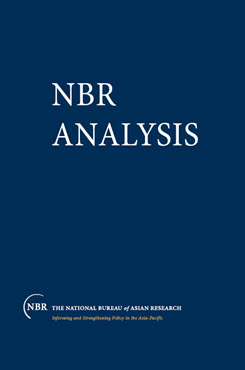"National Strategy" in North and South Korea
Although the “national strategies” of North and South Korea appear to observers radically different from one another, both may be said to have resulted in striking successes at various junctures, and admirers (grudging or otherwise) of these two Korean approaches may be found among students of the diverse disciplines that bear upon “national strategy”: diplomacy, military affairs, international finance, industrial organization, and corporate management, among others.
Both states on the divided Korean peninsula, it has been argued, have developed exemplary “national strategies,” that is to say considered, long-range designs for achieving key domestic and international objectives while contending with the risks imposed and opportunities offered by external circumstance. Although the “national strategies” of North and South Korea appear to observers radically different from one another, both may be said to have resulted in striking successes at various junctures, and admirers (grudging or otherwise) of these two Korean approaches may be found among students of the diverse disciplines that bear upon “national strategy”: diplomacy, military affairs, international finance, industrial organization, and corporate management, among others.
Yet like many other things that are taken today by outside observers to be uniquely Korean, “national strategy” is actually a new arrival to this ancient land. Indeed, the very conception of a Korean “national strategy” happened to be unveiled and catalyzed through Korea’s contact with Western countries in just the past handful of decades.
To state this much is not to lay down some Eurocentric claim. After all, East Asia’s tradition of strategic thought can be traced back at least 2500 years (to Sun Zi) and was applied on a grand canvass by China (long the tutelary power to Korea) centuries before any sustained interactions with European governments. Instead, it is to recognize something distinctive about Korea itself: a specific legacy of its tormented history. As fate would have it, Koreans would not begin to frame or pursue “national strategy” until the year 1945, when events far beyond Korean control suddenly and unexpectedly divided the nation and established the foundations of contemporary Korea’s two states.


